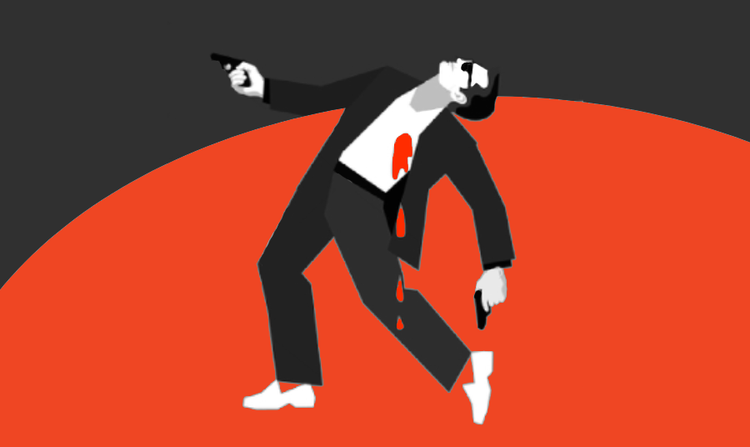One of the most advanced concepts in self-defense is shooting while wounded. Just because you've taken a bullet doesn't mean you're out of the fight. If you can still shoot, and the threat is far enough away that you won't immediately be riddled with bullets, and you can afford to take cover and/or maneuver out of the line of fire, you are still in the fight.
While your adrenaline provides temporary resistance to pain, it simultaneously diminishes your motor skills, vision, hearing, and memory. That being said, the shooting techniques you employ while wounded must be both foolproof and combat-effective.
As with all shooting techniques, it's crucial to practice them. "Simulated injury" shooting is impossible to practice at an ordinary range, so it's best to enroll in a professional tactical shooting course, after which you can practice dry firing at home.
This is also an opportune time to practice shooting with your non-dominant hand, as you never know which limb might get injured in a firefight. A limb could be damaged by anything from broken glass to a bullet or a fracture from a fall or a car accident, so assume it cannot be used to support your firearm.
Pistols
For pistol shooting, this does not pose much of a challenge. The injured shooter can simply revert to a bladed one-handed stance, just as shooting was done before Jack Weaver invented the two-handed grip.

The traditional one-handed shooting stance.
The issue with one-handed pistol manipulation, of course, is that one cannot effectively use the second hand to stabilize or reload. The solution is to use another body part. Using your good arm, place your pistol in the crook of your leg and hold it securely by bending your knee so that the pistol is held tight. Locate a fresh magazine and reload.

The author demonstrates loading from the knee.
If the pistol needs to be chambered after reloading, rack the slide by snagging your rear iron sights or optic on the heel of your boot, belt buckle, or holster before getting back into the fight.
Another method of reloading is to do so from the holster. Begin by releasing your empty magazine, then holster your pistol. From here, take a spare magazine and reload your firearm. As before, rack the slide on your belt if you need to chamber a round.
A one-handed shooter lacks the accuracy of a proper two-handed grip, and in a high-adrenaline situation like a firefight, every edge counts. A laser sight will help with general accuracy, and is especially helpful in low light environments.
Rifles
Rifles are much more challenging to use while injured. Lesser stability will result in more recoil and less accuracy, making long-range shooting out of the question unless the shooter can rest the rifle on a low wall or some other type of cover. A bipod would be immensely helpful for stabilization if the shooter were forced to go prone.
A backpack or some other raised object is also good for stabilization if one is firing from the prone position. It can also be used as an ad-hoc sandbag when shooting from behind waist-high cover, eliminating the need for stabilization with the support hand. Otherwise, one can use a backpack to brace while shooting from a modified "Creedmoor Stance," also known as the "back position."

Reloading a rifle with only one hand requires taking a knee and bracing the rifle against the chest and the ground to allow stable reloading. AR users will have an advantage over AK users because of the mag release button, which allows the magazine to drop from the rifle, while AKs or other rifles that require users to release the magazine manually will have slower reload speeds.
Generally, the longer one's rifle is, the more challenging it will be to reload while injured. Riflemen who use bolt-action or lever-action rifles will also find this technique difficult and will face added difficulty reloading their firearms one round at a time with trembling hands.
Simulated injury reload with one hand.
When one takes time to master the skill of shooting, they are preparing for the reality of self-defense gunfighting in a life or death situation. The importance of practicing these techniques cannot be overstated, and enrolling in professional tactical shooting courses provides a realistic environment for honing these skills. Whether wielding a pistol or a rifle, understanding the limitations imposed by injuries and developing effective strategies to overcome them is crucial for maintaining a fighting stance in the face of adversity.
Always remember to train as you fight. The best places to practice real-world shooting skills are at tactical schools and competitions. Ultimately, the ability to navigate the complexities of self-defense while wounded demands a combination of mental fortitude, physical dexterity, and strategic thinking. As technology advances and training methodologies evolve, individuals committed to personal safety must stay informed and continually refine their skills to ensure they are well-prepared for any scenario.
Demonstrations provided courtesy of SGT Paul Sneck, Finnish Light Infantry (Reserves).

